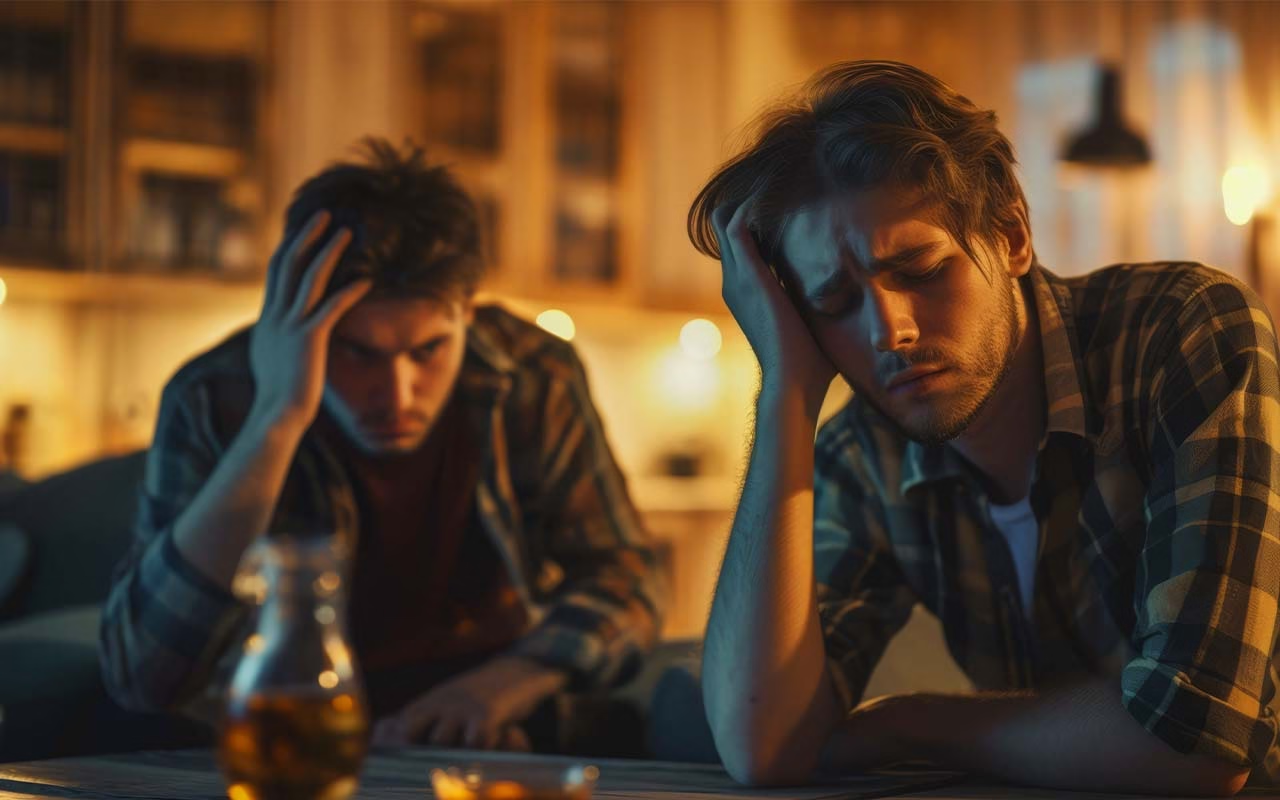Introduction: The Digital Age and Sleep Crisis
How Technology Influences Sleeping Disorders. Technology has revolutionized our lives, but at what cost? In a world dominated by smartphones, laptops, and artificial lighting, sleep disorders like insomnia have surged. Studies show that over 35% of adults suffer from sleep deprivation, and much of it is linked to excessive screen exposure.
So, how exactly does technology impact our sleep? Can blue light really disrupt our circadian rhythm? And most importantly, how can we counteract these effects?
Let’s dive into the science behind technology-induced insomnia and explore practical solutions.
How Technology Disrupts Sleep: The Science Behind Insomnia
1. The Blue Light Problem: Your Brain Thinks It’s Daytime
💡 Did You Know? Blue light from screens reduces melatonin production by up to 50%, making it harder to fall asleep.
Your circadian rhythm is your body’s natural sleep-wake cycle. It relies on light cues to regulate melatonin, the hormone responsible for sleep. Exposure to blue light at night tricks your brain into thinking it’s daytime, delaying sleep onset.
2. Digital Addiction: The Endless Scroll Before Bed
The average person spends 7+ hours per day on screens, often scrolling through social media before bed. Platforms like TikTok, Instagram, and YouTube are designed to be highly stimulating, releasing dopamine that keeps your brain alert.
🔍 Scientific Evidence:
A study by the National Sleep Foundation found that 90% of Americans use electronic devices within an hour of bedtime, significantly increasing sleep latency (the time it takes to fall asleep).
3. Overstimulation: The Brain Stays in Hyperactive Mode
Watching high-intensity videos, gaming, or reading emails before bed increases cognitive arousal. Your brain remains in problem-solving mode, making it difficult to transition into sleep.
🔬 Research Insight:
A study from Harvard Medical School revealed that video gamers take 30% longer to fall asleep compared to non-gamers, due to prolonged brain activity.
4. Sleep Tracking Paradox: Can Sleep Tech Cause Insomnia?
Ironically, sleep-tracking apps like Oura and Fitbit can increase anxiety around sleep. The more you obsess over sleep data, the harder it becomes to actually sleep well.
Long-Term Effects of Technology-Induced Sleep Deprivation
⚠️ Chronic exposure to screens before bedtime can lead to:
✔️ Increased risk of insomnia and poor sleep quality
✔️ Weakened immune system (sleep deprivation lowers immune response)
✔️ Higher risk of anxiety, depression, and brain fog
✔️ Weight gain due to hormonal imbalances (ghrelin & leptin)
✔️ Memory problems and cognitive decline
🧠 A study from Stanford University found that individuals who consistently sleep less than 6 hours per night have a 20% higher risk of developing dementia.
How to Minimize Technology’s Impact on Sleep
While we can’t eliminate Technology Influences Sleeping Disorders, we can optimize our habits to improve sleep quality.
1. Implement a “Digital Sunset” (2 Hours Before Bed)
🔹 Reduce screen exposure 1-2 hours before sleep. Try reading a book instead.
🔹 Use blue-light blocking glasses if screen use is unavoidable.
🔹 Enable Night Mode / Dark Mode on devices.
2. Create a Sleep-Inducing Environment
🔹 Keep your bedroom cool, dark, and quiet.
🔹 Use blackout curtains to eliminate artificial light.
🔹 Replace your phone alarm with a sunrise alarm clock.
3. Practice the 10-3-2-1-0 Sleep Rule
✔️ 10 hours before bed: No caffeine
✔️ 3 hours before bed: No heavy meals
✔️ 2 hours before bed: No work or mental stimulation
✔️ 1 hour before bed: No screens
✔️ 0 snooze button in the morning
4. Use Technology Wisely for Better Sleep
🔹 Listen to binaural beats or white noise to induce relaxation.
🔹 Try guided sleep meditation apps like Calm or Headspace.
🔹 Set “Do Not Disturb” mode to minimize late-night notifications.
Future of Technology and Sleep: Is AI the Solution?
With sleep disorders on the rise, AI-driven smart sleep technology is emerging. Devices like the Eight Sleep Pod and Sleep Number 360 Smart Bed adapt to your body temperature, promoting deeper sleep cycles. and you can eliminate Technology Influences Sleeping Disorders
📌 Fun Fact: Sleep AI technology is projected to be a $30 billion industry by 2030!
But will these advancements help us sleep better, or will our addiction to tech continue to worsen sleep disorders? Only time will tell.
Final Thoughts: Can We Coexist with Technology and Still Sleep Well?
The impact of Technology Influences Sleeping Disorders on insomnia is undeniable. However, with mindful habits, sleep hygiene, and proper digital detox strategies, we can reclaim healthy sleep patterns.
🚀 Take action today: Try the 10-3-2-1-0 sleep rule, reduce blue light exposure, and prioritize sleep-friendly technology!
FAQ: Common Questions About Technology & Sleep
Q1: How does technology affect sleep quality?
A: Technology disrupts melatonin production, increases cognitive stimulation, and delays sleep onset.
Q2: Does blue light blocking actually work?
A: Yes! Blue light glasses can reduce melatonin suppression by 50%, improving sleep quality.
Q3: Can sleep tracking apps improve my sleep?
A: They can help identify sleep patterns, but over-reliance may lead to sleep anxiety.
Q4: What’s the best way to fall asleep quickly?
A: Try progressive muscle relaxation, white noise, and avoiding screens before bed.
Recommended Product for Sleep Well-Being
Enhance your sleep with this Medicine, designed to promote relaxation and comfort. Take the first step towards better sleep tonight.


